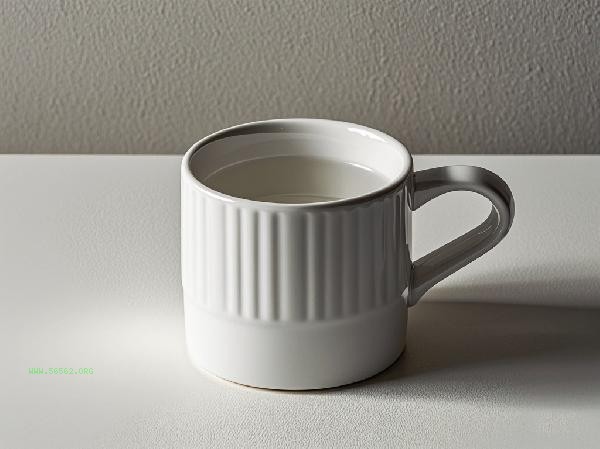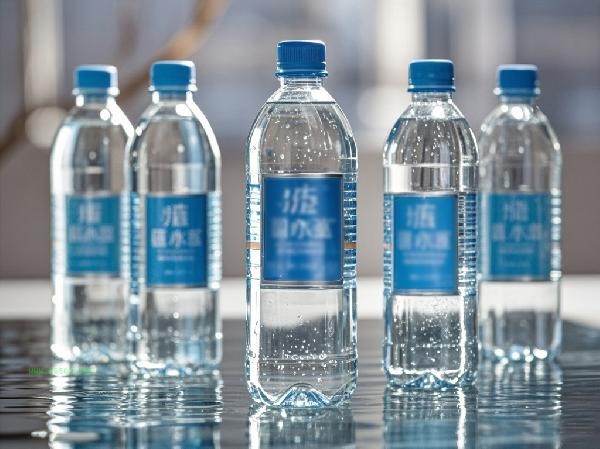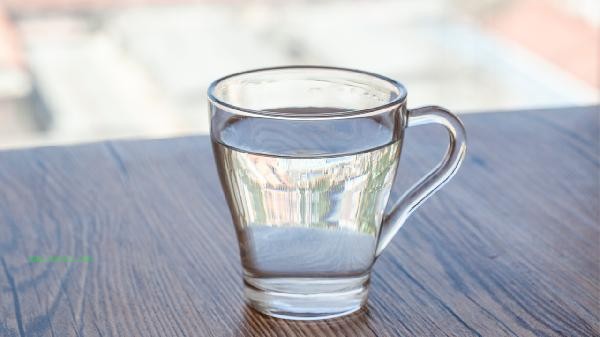Oil pollution on the water surface can be removed through physical adsorption, chemical decomposition, biodegradation, mechanical salvage, and combustion treatment. Oil pollution treatment should choose appropriate methods based on the degree of pollution and environmental conditions to avoid secondary pollution.

1. Physical adsorption
uses adsorption materials such as oil absorbing felt, activated carbon, or straw to cover the surface of oil stains, which can quickly absorb the oil film. This method is suitable for small-scale oil pollution treatment, with simple operation and low cost. After absorbing oil, the adsorbent material needs to be collected and handed over to a professional organization for processing to prevent secondary leakage of the adsorbent. During the processing, fragile or poorly submerged materials should be avoided to avoid increasing the difficulty of cleaning.
2. Chemical decomposition
Spraying surfactants or dispersants can emulsify and decompose oil stains into tiny particles. Chemical treatment is suitable for open water areas and can accelerate the natural degradation of oil pollution. Attention should be paid to selecting low toxicity and environmentally friendly treatment agents, strictly controlling the dosage, as excessive use may damage the aquatic ecology. Before processing, the water flow velocity and distribution of aquatic organisms should be evaluated to avoid affecting sensitive areas.
3. Biodegradation
Release oil degrading microorganisms or enzyme preparations, and use biological metabolism to decompose petroleum hydrocarbons. Bioremediation is suitable for long-term management and is environmentally friendly, but its effectiveness is slow. Before use, it is necessary to test parameters such as water temperature, pH value, and oxygen content to ensure microbial activity. In cold seasons or heavily polluted areas, it may be necessary to cooperate with other treatment methods to improve efficiency.

4. Mechanical salvage
uses skimmers, oil booms, and suction equipment to directly collect surface floating oil. Mechanical methods are suitable for treating large areas of concentrated oil pollution, and the recovered oil pollution can be recycled and reused. During operation, it is necessary to adjust equipment parameters according to the thickness of the oil layer and be alert to the risk of oil-water mixture leakage. In areas with complex ocean currents, multiple oil containment facilities need to be used in conjunction to prevent the spread of oil pollution.
5. Combustion treatment
Ignites the surface oil film in open waters far from the coastline, and thoroughly decomposes pollutants through high temperature. The combustion method is only applicable to fresh thick oil layers and when meteorological conditions permit, and requires a professional team to operate. Before implementation, it is necessary to evaluate the air diffusion conditions, equip with fire-fighting equipment, and strictly prohibit its use in nearshore or ecologically sensitive areas. Incomplete combustion may produce toxic gases, and real-time monitoring of air quality is required.

When dealing with oil pollution on the water surface, priority should be given to environmental safety. For a small range of oil pollution, try to use flour, corn flour and other kitchen materials for emergency adsorption. Daily oil transportation and operation management should be strengthened, equipped with leak prevention devices, and oil pipelines should be regularly inspected. If a large-scale oil spill is discovered, the environmental protection department should be immediately contacted for professional handling, and ordinary people should stay away from polluted areas to avoid contact with harmful substances. Water areas that have been in long-term contact with oil pollution require continuous monitoring of water quality changes, and if necessary, sediment cleaning and ecological restoration should be carried out.








Comments (0)
Leave a Comment
No comments yet
Be the first to share your thoughts!